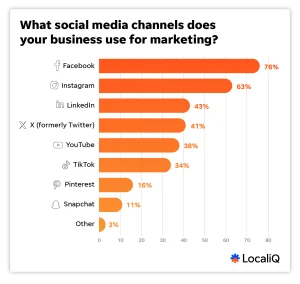In the future, you may see the images you see in advertisements and movie trailers as highly realistic holographs. But, do you really want to see them? There are some things to consider before you make a final decision. For example, realistic holographs require a huge amount of data to produce. Compared to a regular HD display, a hologram requires 3TB of data to display it. To solve this problem, holograms could be created in such a way that the data needed would be much smaller.
Another problem with these holograms is that they can fool the eye. If they were real, you could pretend that you were injured by presenting a character with unharmed skin. However, if the character was inflicted with life-threatening injuries, then they would have to hide it from the audience. It would also be difficult to keep track of specific injuries during battle, so if you had a hologram of your character’s injuries, you can easily shrug them off as luck or superior fighting abilities.
For example, if you are into rock music, you might be interested in seeing holographic performances of legendary artists. Some rock stars even wore holograms of themselves. To do so, holographic artists at BASE Entertainment went through hundreds of hours of concert footage. The resulting images were then created into 3D holographs. Likewise, artists like Roy Orbison and Buddy Holly have used CGI film techniques to create holographs of their images.
The new technology of 3D holographic displays has made it possible to recreate realistic images in three dimensions. The creation of realistic holographs will have a significant impact on several industries. They can help manufacturers to create more realistic simulations of products and environments, which can be used to train employees. There are a number of other potential uses for this technology. So, how does it work? Read on to learn more about the latest developments in this area.






More Stories
Tech Career Paths for Non-Programming Professionals
Accessibility Innovations in Consumer Electronics: Tech That Truly Sees You
Underserved Applications of AR/VR in Professional Training (Beyond the Obvious)